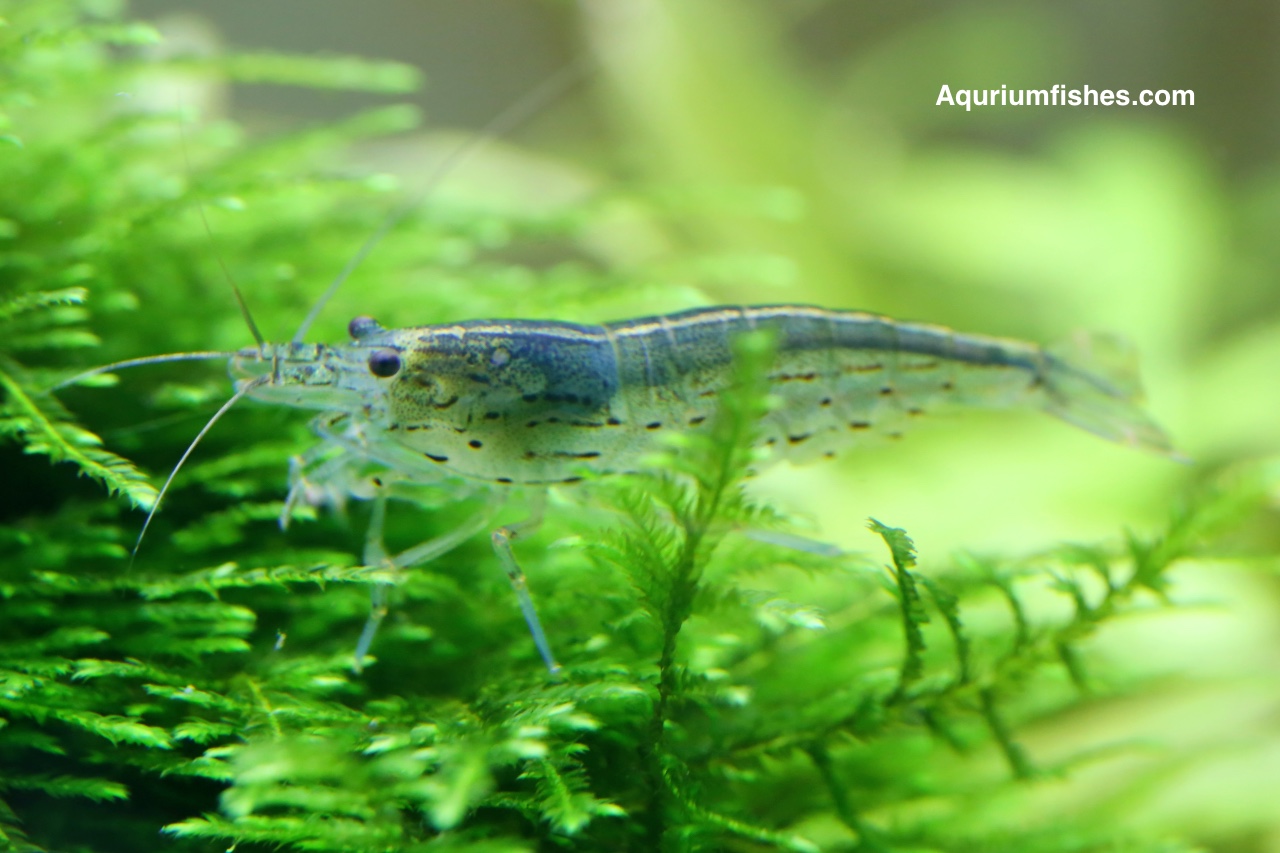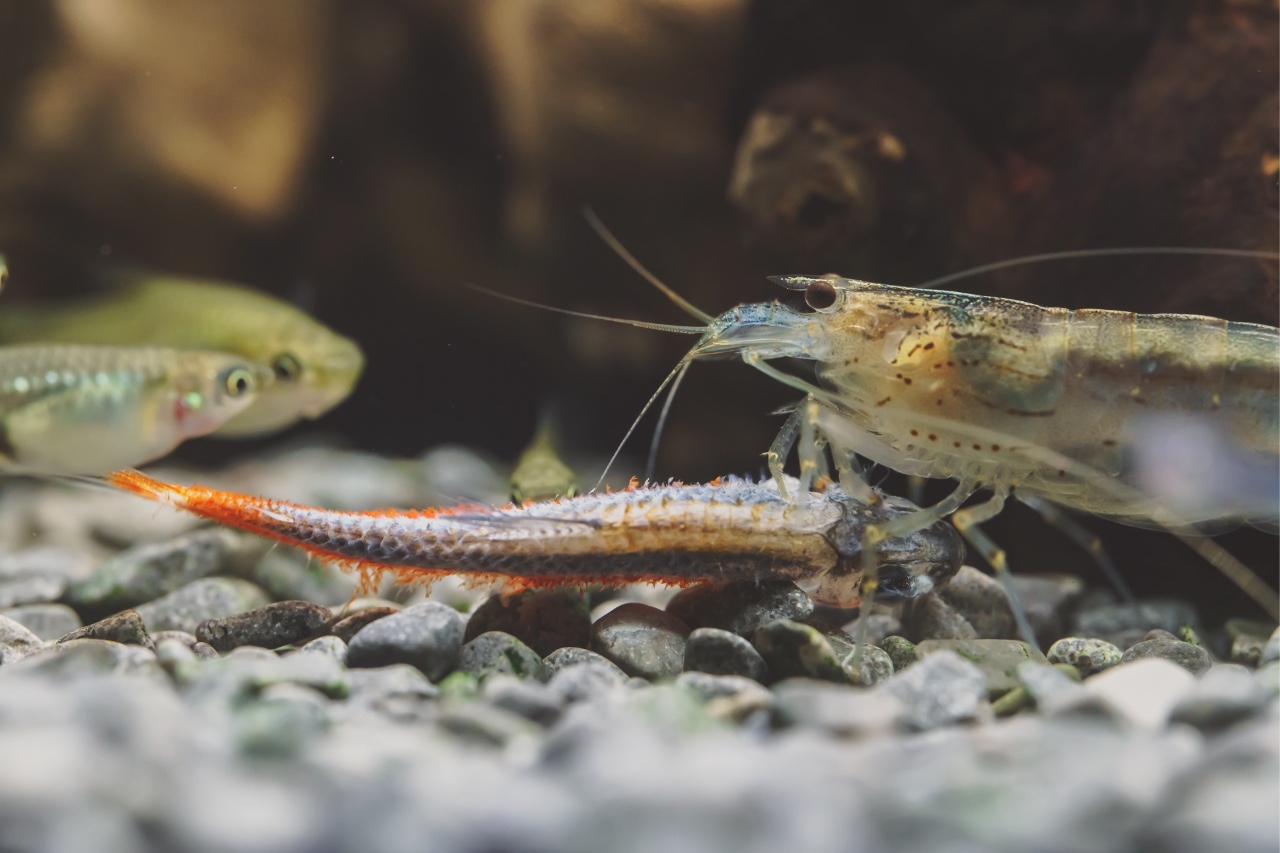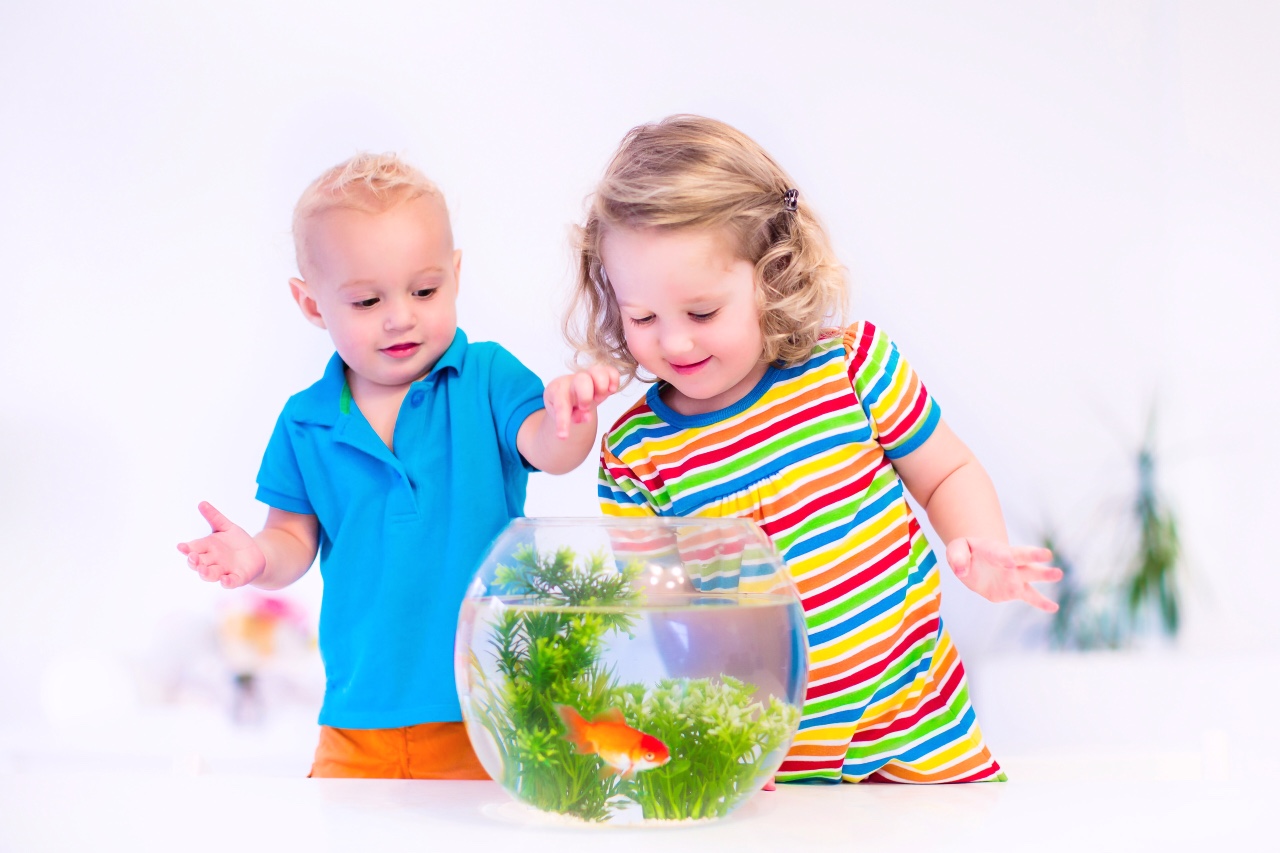The most popular shrimp, the Amano shrimp, is known for its efficient tank-cleaning ability. They have been gaining popularity among aquarists for the last 15 or more years. They are algae eaters, so they can clean your aquarium and maintain a healthy environment.
They are quite hardy and peaceful, making them a great companion for any community tank. They will be busy the whole day cleaning the tank and won’t disturb any other creature.
If you are considering keeping Amano shrimp in your tank, you are at the right place. This guide will tell you everything from their behavior to the breeding process. Before understanding everything in detail, let’s look at the table given below –
| Category | Rating |
|---|---|
| Family | Atyidae |
| Scientific name | Caridina multidentata |
| Care Level | Easy |
| Lifespan | 2-3 Years |
| Temperament | Peaceful |
| Color Form | Transparent/Greyish Body |
| Size | Up to 2 inches |
| Diet | Omnivore |
| Compatibility | Peaceful fishes, other Shrimps, or Snails |
Amano Shrimp Overview

These Japanese algae-eating shrimp are popular and have different names. Some are Amano Shrimp, Yamato Shrimp, Caridina Japonica, Algae-Eating Shrimp, Japonica Shrimp, etc. Takashi Amano first discovered these shrimp, hence the name.
They are easy to care for and require very little maintenance. They are quite famous among aquarists for keeping aquarium glasses shining and removing algae from the trickiest places.
They are a good choice for anyone interested in keeping shrimps but is new to this hobby. They can tolerate a wide range of water conditions, so there is a good chance for a beginner to keep them alive.
They need an aquarium with at least 10 gallons capacity, heavy vegetation, and many hiding places.
Typical Behavior
Amano shrimp are non-aggressive. They only show a little competitive behavior around other shrimp and food is being served. They will be seen racing after the food.
If there are more than one shrimp in the aquarium, it is fascinating to see the hierarchy level. The biggest or largest shrimp will be the one that gets the hold of food first, and so on.
How often does Amano shrimp molt?
They molt once a month. In this process, they shed the old shell that covers the upper part of their body. They feel quite vulnerable at this time and may go into hiding till the shell hardens.
This is why your aquarium should have lots of plants and hiding places for them.
Amano Shrimp Appearance
Amano shrimp are ‘dwarf shrimps’ but are larger than the other species of this category.
How big do Amano shrimp get?
The adult Amano shrimp can reach a length of 2 inches.
They are characterized by their transparent or greyish appearance, with a combination of red/brown or grey/blue dots running down to the end of the body.
These colors depend significantly on the type of food they are having. For example, an Amano shrimp feeding largely on algae has a green tint to the dots. But their tail, called Uropod, remains translucent.
They can disguise themselves in the background to hide from prey. You won’t be able to spot them in this situation. To find them, you can use a torch or some other source of light at night. Their eyes will shine when the lights fall on them.

Difference between Male and Female
The male and female Amano shrimp are easy to distinguish from their other species. The female shrimp are larger than the males and have dots on their exoskeleton.
These dots are long dashes, unlike males’ dots, which have even space between them. The females also carry a saddle underneath their stomachs to store eggs.
Imposters and Lookalikes
Many Amano shrimp lookalikes and imposters are found in the aquarium trade. Amano shrimp belong to the Caridina genus and are known as the Caridina multidentate.
This genus has 200 different species, so they are easily confused with others. Although they look identical, there are many ways to tell if the shrimp you bought is an imposter or real.
The main difference is between the algae cleaning abilities of both the shrimps. They do the work more efficiently than their imposters. Another difference that you can easily spot is between their activity.
Amano shrimp are active and will be seen busy cleaning and feeding on the algae the whole day. In contrast, the imposters are lazy and won’t show much activity. Also, the imposters are smaller than the Amano shrimp.
There is one more difference: the young ones of Amano shrimp need brackish water, whereas their imposters need fresh water to survive. You can look for these differences before buying them from the store.
Where to buy Amano shrimp?
You can visit an online or offline store to buy Amano shrimp. You take help from an expert to buy a real algae eater, not an imposter.
Amano Shrimp Habitat and Tank Conditions
The Amano shrimp originally belonged to Asia. Large troupes can be found in the freshwaters of China, Japan, and Taiwan. However, the young shrimp are not found in freshwater; they need brackish water to survive. They move to freshwater when they mature.

You have to plan the setup of the tank before adding shrimp. Also, the shrimps should be put in the already established tanks only so that they can feel comfortable and find algae to feed on. Following are the settings of the aquarium that you need to set up the tank –
| Conditions | Conditions |
|---|---|
| Minimum tank size | 10 gallons for 5 shrimps |
| Tank set up | freshwater and heavily planted |
| Temperature | 70°F – 80°F |
| pH | 6.0 – 7.0 |
| Hardness | 6.0 – 8.0 DKH |
Amano shrimp are quite hardy and survive in a wide range of temperatures. However, they need a lot of hiding space so that they can hide during the molting process. You can use Java Moss and Green Cabomba or shrimp tubes to create hiding places.
Also, add driftwood to provide an extra surface for algae growth. For the substrate, you can use small rocks or pebbles to replicate the river beds of their natural habitat. You can also add hang-on back filters for filtration and create a little wave in the water.
How many Amano shrimp per gallon?
A 2-gallon tank is enough for an Amano shrimp. For better movement, you should give at least 10-gallon space. This space is fair enough for four shrimp.
Amano Shrimp Tank Mates
Besides their ability to clean the tank, they are also bred to feed other larger fish. Also, they are peaceful, and their shell isn’t hard enough to defend themselves. So, you have to be cautious while selecting tank mates for them.
You can keep them with other species of shrimps or snails. Also, you can add them to the tank containing small to mid-sized non-aggressive fish. A good example of their tank mates is –
Malaysian Snail, Tiger Barb, Cherry Shrimp, Bamboo, Vampire Shrimp, Mystery Snail, Nerite Snail, Bristlenose Pleco, Guppies, Otocinclus Catfish, Cory Catfish, Neon Tetras, Discus, etc.
The fishes that are aggressive or have a mouth large enough to swallow your Amano shrimp should be avoided. You should avoid keeping them with species such as Arowana, Goldfish, Large Plecos, Crayfish, Bettas, Gourami, Oscar Fish, Cichlids, etc.
Keeping Amano Shrimp Together
The Amano shrimp should never be kept alone. They should be grouped with at least 6 shrimp, with an even number of males and females. This will reduce the chances of any dominant behavior.
They produce a minimal bio-load, so you don’t have to overstock them. You can also add other species of peaceful shrimps, like Ghost shrimp and Cherry shrimps, to add variety and more activity to the tank.
Amano Shrimp Care
How long do Amano shrimp live?
If the aquarium is set up correctly, an Amano shrimp’s lifespan is 2-3 years. They are hardy and need less maintenance than other species. You can keep them in a group of single-species tanks or with other peaceful shrimp species.
Prone to copper and ammonia
Like some other invertebrates, they are quite sensitive to the copper element. Copper is also found in many premade foods and medicines, so check the ingredients before adding anything to the water.
They are resilient to ammonia spikes, but rapid changes in water conditions like pH or temperature can sometimes harm them. Also, they molt once every month. They are most vulnerable now, and you must pay attention to them.
If Amano shrimp is dying in your aquarium, test these conditions.
You can add a supplement containing protein and calcium for the faster growth of their shell.
Amano Shrimp Diet and Feeding
What do Amano shrimp eat?
We already know that they are algae eaters. They eat most species of algae except black beard algae. They are omnivores, but their reputation for being efficient algae eaters makes people think they are fed only on algae.
This belief can lead to nutrition deficiency in them. In the wild, they feed on plant debris, algae, and sometimes dead fish. So, it is important to add variety to their diet.

You can add algae wafers and pellets as their base food, and for supplements, you can add frozen food or vegetables to their diet.
What to feed Amano shrimp?
You can feed them squash, cucumber, spinach, zucchini, etc.; for frozen food, you can add brine shrimps and bloodworms to complete their diet.
Do not leave leftover foods in the tank for more than an hour, as they can start to contaminate the water. They are also sensitive to Copper, so check the ingredients of the food before adding anything to the water.
Amano Shrimp Breeding
Mating Amano shrimp is easier than breeding them. Very few people have successfully mated them and bred the larvae into adults. This is because the water conditions required for both young and adult Amano shrimp are different.
How to breed Amano shrimp?
The larvae of the Amano shrimp need brackish water with a salinity level of around 1.024. In comparison, the adult shrimp cannot tolerate a slight change in the water’s salinity. They need freshwater to survive.
In the wild, the pregnant Amano shrimp carries the eggs for around 6 weeks after the male Amano shrimp have fertilized them. The female keeps fanning the eggs with her tails during this period to provide more oxygen.
After six months, the female releases the larvae into the brackish water. If you are breeding Amano shrimp in a freshwater aquarium, remove the adult shrimps to increase the water’s salinity.
Don’t worry if you are unable to breed them successfully, as it is tough. There isn’t much information about the breeding process, either. Only the experts can do it.
Do You Keep Amano Algae Eating Shrimp? (Summary)
This guide has provided all the necessary information regarding Amano shrimp care, natural habitat, lifespan, and breeding. They will help keep the tank shining, so you must care for their health.
If cared for well and fed healthy food, they will survive for a long time. Their appearance and activity will add more variety and beauty to your tank.
They are peaceful and can be easily kept with other small-sized, non-aggressive fishes. But avoid any fish that has a mouth large enough to swallow them.
Their hardiness makes them the best option for those looking to start their hobby with invertebrates. However, they are not easy to breed, so don’t lose hope if you can’t breed them.
What did you like best about Amano shrimp? Do you have one, or are you planning to have one? Let us know in the comment section below.



